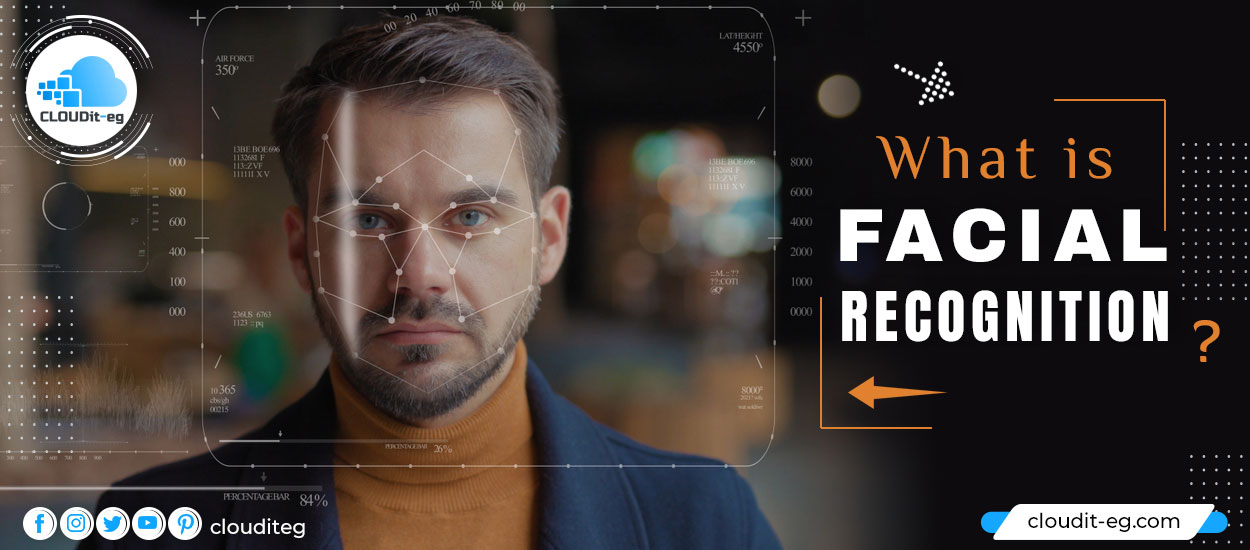What is facial recognition?
Facial recognition is a category of biometric software. They mathematically map the features of an individual’s face. Then, they store this data, in the form of a facial print. Facial recognition software uses deep learning algorithms. It is a Machine Learning method, based on the training of data models.
Thanks to this deep learning, the software is able to compare an image, captured live or digitally stored, with that of the recorded facial print. Thus, he is able to verify the identity of a person. High-quality cameras in mobile devices have made facial recognition a viable option for authenticating people. But also for their identification. Apple’s iPhone X, for example, features Face ID technology that allows users to unlock their phones. This is done using a facial print mapped by the phone’s camera.
The phone software is designed with 3D modeling to resist identity theft by photos or masks. And it captures and compares over 30,000 variables. Already, Face ID technology can be used to authenticate purchases with Apple Pay. But also in the iTunes Store, App Store, and iBooks Store. Apple encrypts and stores faceprint data in the cloud. However, authentication takes place directly on the device.
Amazon, Google, or Facebook in the race
1. Amazon Rekognition
Developers can use Amazon Rekognition to add facial recognition and analytics functions to an application. It is an image analysis service that is part of the Amazon AI suite.
2. Google Cloud Vision API
Google provides a similar service with its Google Cloud Vision API. This technology uses autonomous learning to detect, match, and identify faces. And it is used in many ways. Particularly through entertainment and marketing. The Kinect motion game system, for example, uses facial recognition to differentiate players. And smart airport ads are now able to identify the gender, ethnicity, and approximate age of passers-by. Thus, they can target advertising corresponding to the type of person passing by.
3. Face Recognition on Facebook
For its part, Facebook uses facial recognition software to tag people in photos. Whenever a person is tagged on a photo, the software stores map information about their facial features. So, once the software collects enough data, it can use that information to automatically identify its face when it appears in a new photo. However, to protect people’s privacy, the automatically identified Facebook member is notified. This is the burden of the function called Photo Review.
Few laws concerning the protection of biometric data
Currently, there is no law in the United States that specifically protects a person’s biometric data. Facial recognition systems are currently under study or deployed for airport security. In fact, it is estimated that more than half of the population of the United States has already taken their facial prints. According to the Department of Homeland Security, the only way to avoid collecting biometric information during international travel is to refrain from travel. However, in Europe, the GDPR (General Data Protection Regulation) processes biometric data.
How a facial recognition app works
Facial recognition software identifies 80 nodal points on a human face. In this context, nodes are pieces used to measure variables of a person’s face. Mention may, in particular, be made of the length or the width of the nose. But also the depth of the eye sockets or the shape of the cheekbones. The system works by capturing data for the nodes, on a digital image of an individual’s face, and then storing the result as a facial imprint. The facial imprint is then used as a basis for comparison with data captured from faces in an image or video.
Although the facial recognition system only uses 80 nodes, it can quickly and accurately identify target individuals when conditions are favorable. However, if the subject’s face is partially obscured, there is insufficient light, or in profile rather than the front, this type of software is less reliable. Nevertheless, according to the National Institute of Standards and Technology (NIST), the incidence of false positives in facial recognition systems has halved every two years since 1993. Facial recognition is already used in many fields, and its possibilities are endless.
Examples of using facial recognition
For example, a research team from Carnegie Mellon University developed a prototype iPhone app that can take a photo of a person and, in seconds, return their name, date of birth, and security number. social. The Google Arts & Culture app uses facial recognition to identify “museum look-alikes” by matching a real person’s facial print to that of a portrait. As for Professor Shen Hao of the China University of Communications, he uses facial recognition technology to track student attendance. Finally, Amazon, MasterCard, and Alibaba have implemented facial recognition payment methods, commonly known as “selfie pay”.




